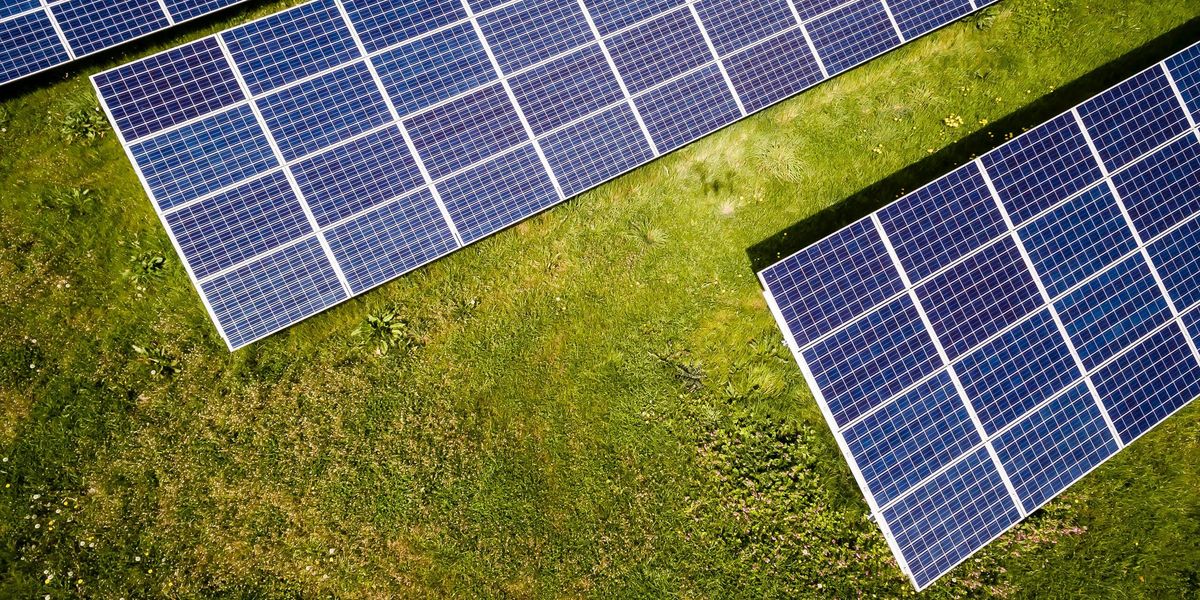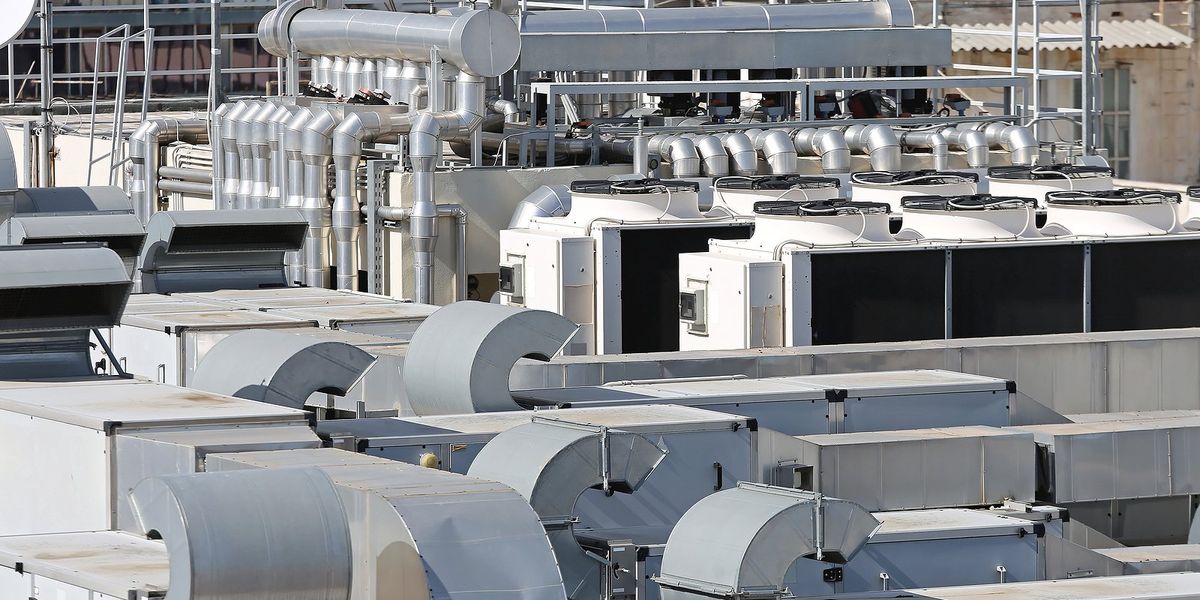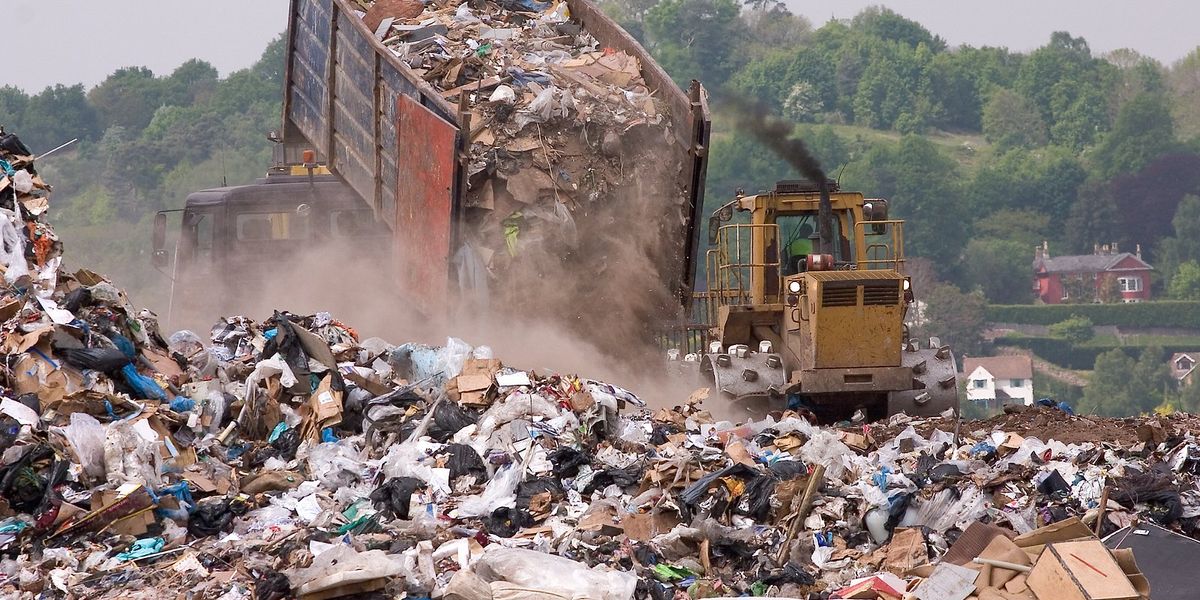
Many rural Ohioans support a proposed solar farm despite vocal opposition
A review of public comments on a planned solar farm in central Ohio shows that most commenters back the project, challenging claims that rural residents broadly oppose utility-scale solar.
Kathiann M. Kowalski reports for Canary Media.
In short:
- Open Road Renewables analyzed over 2,500 comments on its proposed Grange Solar Grazing Center, finding 80% of unique commenters supported the project.
- Opposition groups, some with fossil fuel ties, have portrayed large-scale solar as unpopular, but the analysis found a small number of repeat commenters inflated negative feedback.
- The debate over how Ohio regulators should measure "public interest" in permitting decisions is now before the state Supreme Court.
Key quote:
"The economic impact is undeniable — jobs for our neighbors and much-needed funding for our schools and public services. Misinformation about solar energy concerns me. Let’s base decisions on facts, not fear."
— Sharon Devault, Russell Point resident
Why this matters:
Utility-scale solar projects are increasingly caught in a battle over land use, economic interests, and environmental priorities, particularly in rural communities. While opposition to large-scale solar farms is often framed as overwhelming, this case suggests a more nuanced reality: Public sentiment may be more divided than critics claim.
While solar and wind projects frequently face extensive permitting challenges, community pushback, and lengthy regulatory reviews, fossil fuel projects often proceed with fewer obstacles. This disparity raises questions about whether the current regulatory framework is skewed in favor of traditional energy sources, even as states and the federal government push for a transition to cleaner alternatives.
Read more: Rural interest in solar energy influenced by local history and landscape concerns













